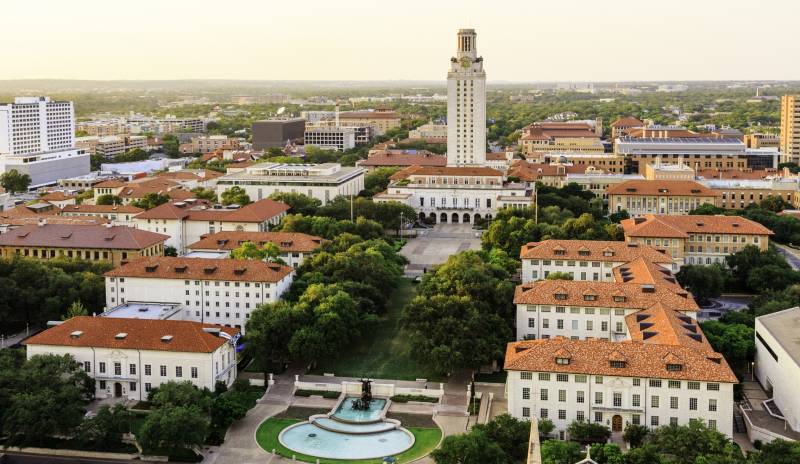In a 1987 opinion piece in The New York Times, William Bennett, former President Ronald Reagan’s Secretary of Education, explained how he thought federal policy was partly to blame for rising college tuition. Under the headline “Our Greedy Colleges,” Bennett wrote that “increases in financial aid in recent years have enabled colleges and universities blithely to raise their tuitions, confident that Federal loan subsidies would help cushion the increase … Federal student aid policies do not cause college price inflation, but there is little doubt that they help make it possible.” In other words, Bennett argued, when colleges are aware that students have easy access to cheap loans to pay their bills, they’re more likely to hike prices.
This theory became known as the “Bennett Hypothesis.” Since then, as Uncle Sam created and expanded direct student lending programs, the Bennett Hypothesis has been hotly debated. Now, a team of economists has found evidence that subsidized loans have been a major reason why tuition has soared in one sector of higher education: graduate school.
The federal government limits how much it loans undergraduates. But in 2006, the Republican-controlled Congress effectively eliminated all limits on loans for graduate school with the creation of the Graduate PLUS loan program. Students could borrow as much as their graduate programs cost, including fees, books, supplies and living expenses. The idea was to help more middle- and low-income Americans afford graduate programs, ranging from master’s degrees in education and social work to professional degrees in law, business and medicine. Doctoral students generally receive tuition waivers and stipends, but funding has always been far more limited for professional degrees and many graduate students previously relied on expensive loans from private banks. Advocates argued that the prospect of these bank loans kept many low-income Americans from pursuing a graduate degree.
Borrowing for graduate school has since soared. Graduate students constitute only 16% of postsecondary students, but they received almost half of the $95 billion in new federal student loans issued in 2021-22, according to the most recent data available. And when you look at the entire stock of $1.6 trillion in outstanding federal student loan debt, it’s estimated that 40% of it was used to pay for graduate school. The numbers are big because graduate students take out big loans. It’s not uncommon for a medical student to borrow more than $100,000. Almost two-thirds of Americans with the largest student loan balances, exceeding $50,000, borrowed to attend graduate school.
A team of three economists from Columbia, Vanderbilt and Brigham Young universities had access to a trove of data in Texas and they calculated how the universities in that state charged more tuition when students were able to borrow more from the federal government. The posted cost of attendance (also known as list price or sticker price) increased one dollar for every dollar that students borrowed in Grad PLUS loans. But that overstates the loan-driven inflation because, at the same time, admissions offices were ramping up their practice of price discrimination, wooing some students by slashing their bills with grant and “merit aid” offers. The actual net price that many students paid was considerably lower than the posted tuition price. Factoring that in, the inflationary effect of unlimited graduate student loans was actually more modest, a 64-cent increase in net price of attendance for every dollar borrowed. For every additional $1,000 that a graduate student borrowed from the federal government, the university effectively took $640 of it for itself.


